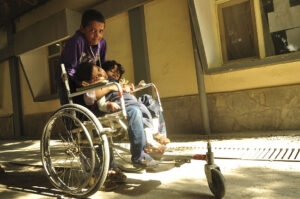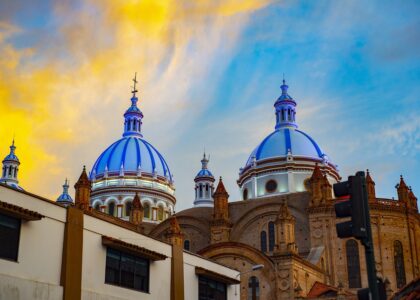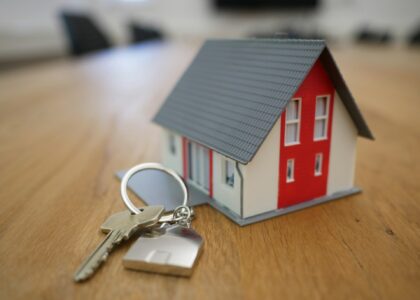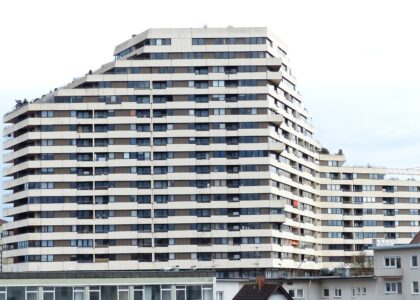In today’s world, architecture means more than just building structures; it’s about creating spaces everyone can access and enjoy. This idea is at the heart of inclusive design for all abilities, a principle that embraces the diversity of human conditions. In countries like Peru and Ecuador, there’s a growing recognition of how crucial this approach is. Whether someone is navigating the steep terrains of the Andes or the bustling streets of Lima, inclusive design considers everyone’s needs. It’s not just about adding features; it’s about rethinking spaces from the ground up. This way, we build a world fit for all, celebrating every individual’s unique ability.
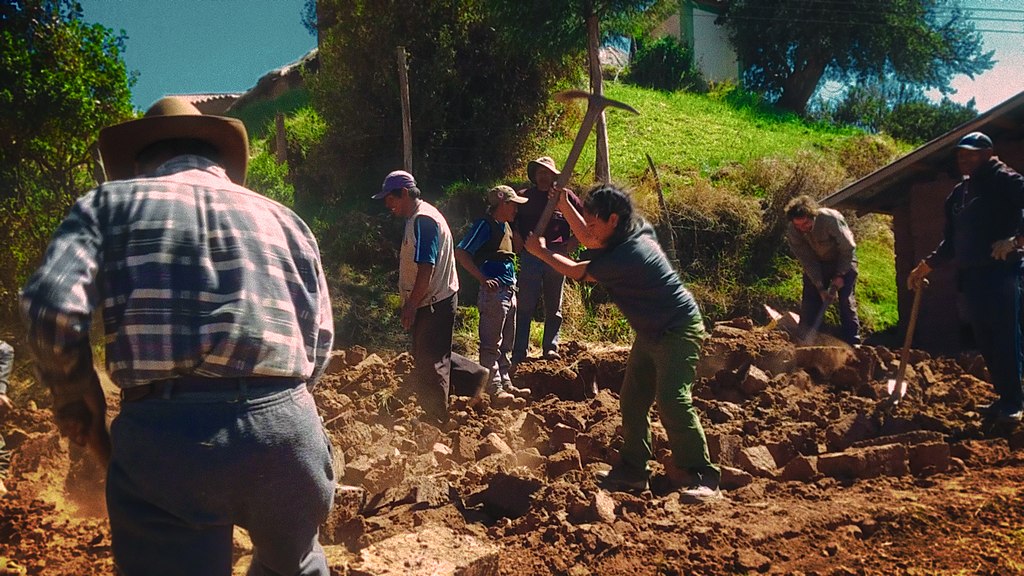
The Essence of Inclusive Design for All Abilities
Accessible architecture is a thoughtful way of planning and creating spaces that cater to everyone’s needs, regardless of their physical abilities. Imagine entering a building easily, whether pushing a stroller, using a wheelchair, or dealing with any other mobility challenge. That’s what inclusive design for all abilities is all about. It ensures that everyone can use and experience a place in the same way, promoting equality and dignity.
This approach in architecture involves carefully selecting building materials, design techniques, and technology. It’s not only about adding ramps or wider doors; it’s a philosophy that starts with understanding that each person’s way of moving, seeing, hearing, and processing information is unique. Every detail counts from the width of hallways to the height of counters.
Why is this important? Because everyone deserves to feel welcomed and included. When architects plan for all abilities, they acknowledge the diverse spectrum of human experiences. This is especially important in community spaces like schools, parks, and libraries. By adopting inclusive design, societies take a significant step toward true equality, ensuring that no one is left on the sidelines.
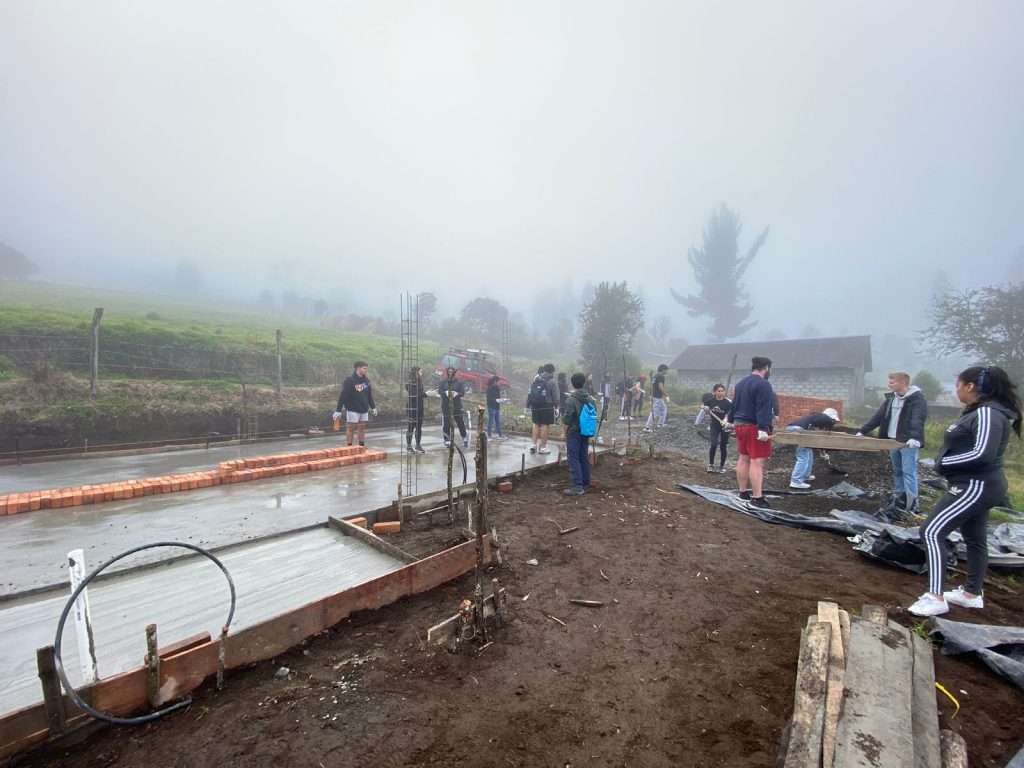
Evaluating Accessibility in South American Infrastructure
When we look at South America, we see a vibrant mix of cultures and breathtaking landscapes. However, a pressing issue needs attention: the lack of accessible structures for everyone. Many places in countries like Peru and Ecuador still follow old building practices, not taking into account the needs of those with different physical abilities.
In many South American cities, you’ll often find buildings without ramps next to steep staircases or sidewalks suddenly ending, forcing everyone onto a busy street. These everyday situations represent challenges for people, especially those with mobility issues. It’s not just about inconvenience but safety, independence, and dignity.
Why does this happen? One reason is the high costs associated with modifying existing buildings. But there’s more to it. There’s a need for increased awareness and changing how society views individuals with different needs. People might not think about these things until they or someone they know encounters these barriers.
In Peru and Ecuador, efforts are growing to improve this with new laws and educational campaigns. But there’s a long road ahead. Changing the landscape involves everyone’s support and understanding, from government officials to everyday citizens. It’s about building a world where everyone feels valued and included.

Notable Projects and Advances in Inclusive Design
As we explore the world of architecture, it’s inspiring to see some standout projects. These aren’t just any buildings or parks – they’re examples of inclusive design for all abilities, and they’re changing lives.
One shining example is the Magma Cultural Center in Brazil. This center is more than a beautiful structure; it’s accessible to everyone. The wide doorways, Braille signage, and ramps alongside stairs show how design can welcome everyone.
Then there’s the Accessible Icon Project, a global movement that started with a few dedicated people. While it isn’t a building, it’s still very important. They’ve redesigned the traditional accessibility symbol to one that shows active, engaged individuals. You’ve seen these on parking spaces and doors, right?
Outside of South America, places like the Ed Roberts Campus in the USA are breaking new ground. It’s a hub for disability rights and innovation, completely designed around accessibility. It has features most buildings never think of, helping everyone move around easily and safely.
These projects teach us something valuable. When we create spaces with everyone in mind, we’re not just building smarter; we’re building kinder. And in that kind of world, everyone gets to participate, contribute, and belong.
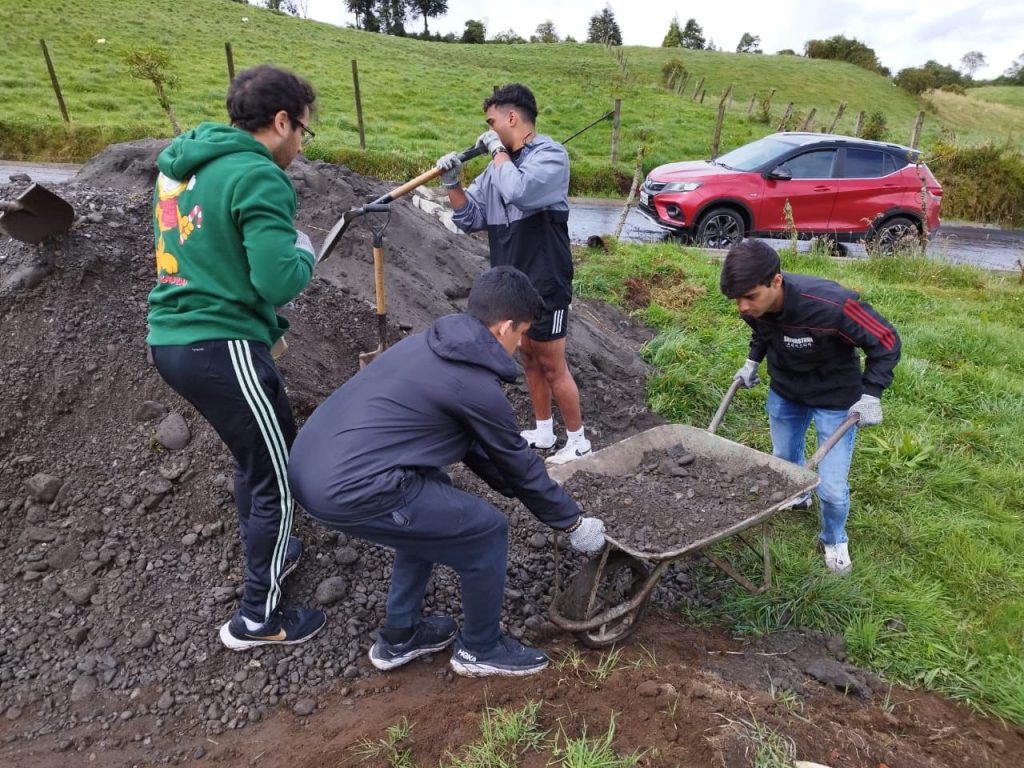
The Importance of Community and Expert Involvement
Inclusive design for all abilities is not just about buildings; it’s about creating spaces that everyone can use, including people with disabilities. It’s essential in South American countries like Peru and Ecuador, where many areas need more accessible features. Inclusive design for all abilities” means that every person, regardless of ability, should be able to use public spaces and buildings easily and safely. This idea is not a luxury; it’s about fairness and building communities that respect all citizens. That’s why architects and designers are now thinking more about how to make spaces work for everyone. It’s an exciting time with lots of new ideas for making our world more accessible and inclusive.
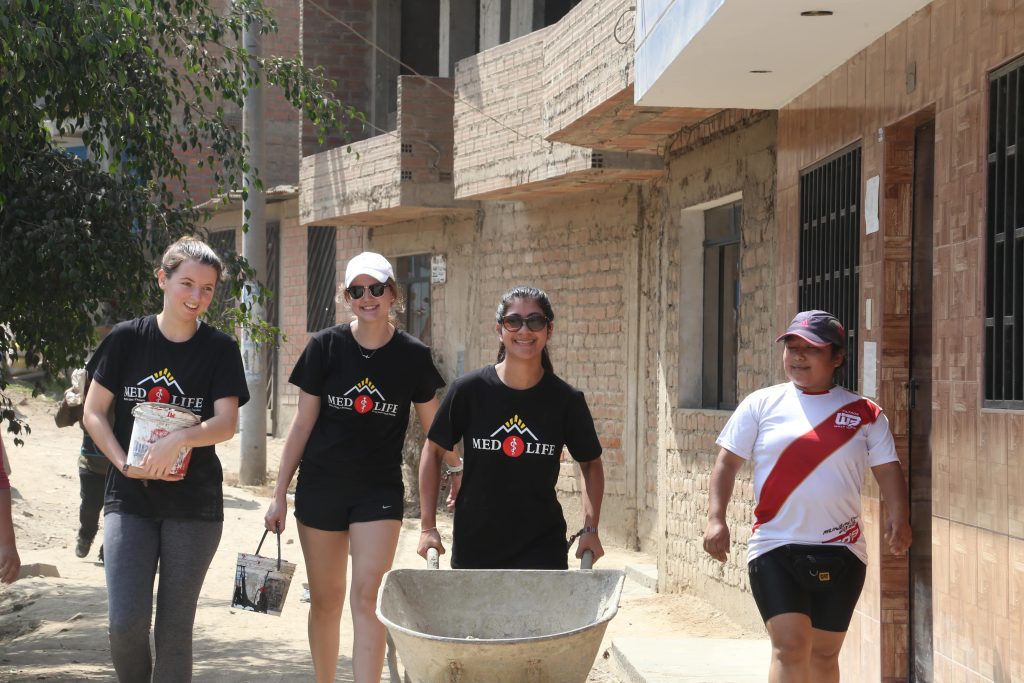
How You Can Help Create Inclusive Design for All Abilities
Your support can make a big difference in building a world that welcomes everyone. Volunteering, donating, or spreading the word can help Safe Homes Movement create places everyone can use and enjoy. It’s about building together, understanding each other’s needs, and making sure everyone feels included.
Accessible architecture and inclusive design for all abilities are crucial in crafting communities that respect and value everyone. These concepts aren’t just about physical spaces but also about the mindset we adopt toward inclusivity and accessibility. In South America, significant strides are being made, but there’s more work to be done. Countries like Peru and Ecuador are part of a global movement that’s rethinking how we create our shared spaces. By joining initiatives like the Safe Homes Movement, everyone can contribute to this positive change. Continuing this journey will require global effort, understanding, and a commitment to learning and growing together. Let’s keep pushing forward, making our environments friendlier, one space at a time.


